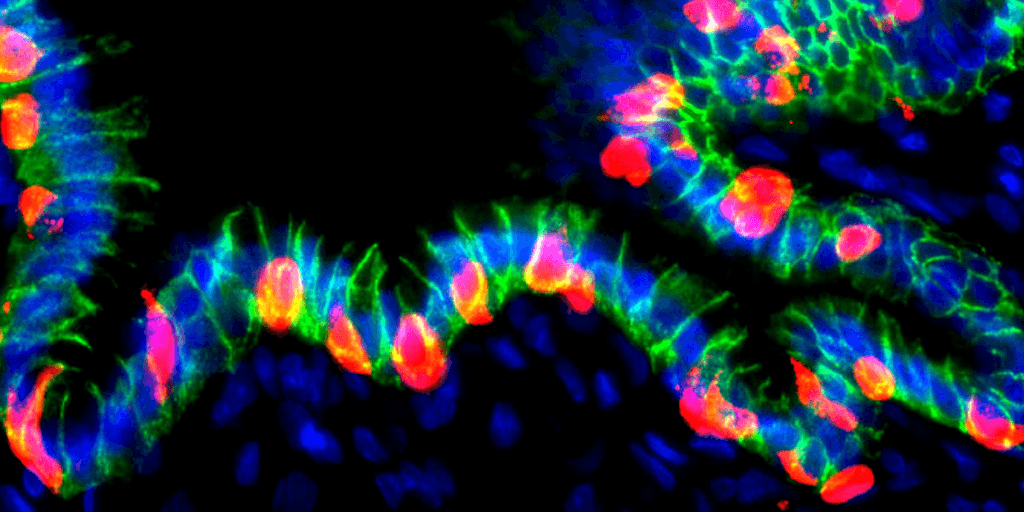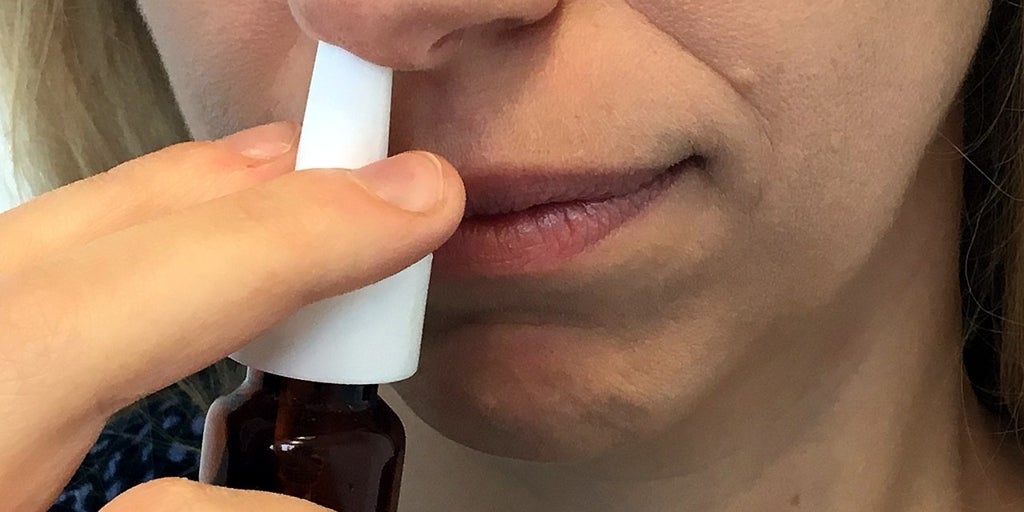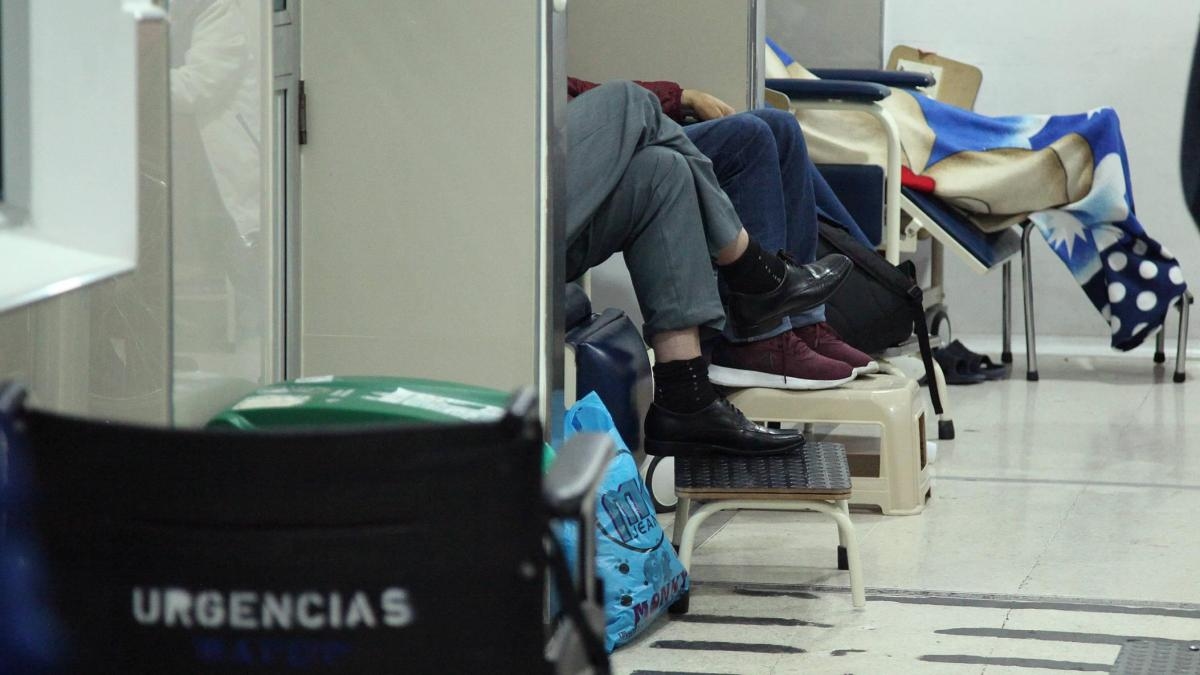A "heart patch" that regenerates tissue after a heart attack has been successfully tested

A team of engineers from the Massachusetts Institute of Technology (MIT), USA , developed a flexible drug delivery patch that can be placed on the heart after a heart attack to help promote healing and regeneration of heart tissue.
The new device is designed to carry three different drugs which can be released at different times, according to a pre-established schedule. In experiments with rats, researchers demonstrated that this treatment reduced the amount of damaged heart tissue by 50% and significantly improved cardiac function.
The details have been published in the journal Cell Biomaterial and, according to scientists, if approved for use in humans, this type of engineering could help heart attack victims recover more cardiac function than is currently possible.
After a heart attack, many patients end up undergoing bypass surgery, which improves blood flow to the heart but doesn't repair damaged heart tissue, according to an MIT press release. In the new study, the team wanted to create a patch that could be applied to the heart at the same time as the surgery .
How it worksThe researchers designed a three-drug regimen that promotes heart healing in different ways. When tissue regenerates, it follows a series of carefully synchronized steps, explains Ana Jaklenec.
The first set of particles releases neuregulin-1, a growth factor that helps prevent cell death. The second set releases VEGF, a growth factor that promotes the formation of blood vessels around the heart. The last batch releases a small-molecule drug called GW788388, which inhibits the formation of scar tissue that can occur after a heart attack.
For this study, the researchers created compact miniature patches just a few millimeters in diameter. "We encapsulated arrays of these particles in a hydrogel patch —similar to a contact lens—which we then surgically implanted in the heart. In this way, we programmed the treatment into the material itself," says Erika Wang.
They tested the patches on spheres of heart tissue, which they exposed to low-oxygen conditions, mimicking the effects of a heart attack, and then placed the patches on them. These patches promoted blood vessel growth, helped more cells survive, and reduced the amount of fibrosis that developed. In tests with a rat model of myocardial infarction, they also observed significant improvements after treatment with the patch.
Compared to the absence of the patch or intravenous injection of the same drugs, animals treated with the patch showed a 33% higher survival rate and a 50% reduction in the amount of damaged tissue . The team hopes to test the patch in other animal models with the aim of conducting a future clinical trial.
20minutos




